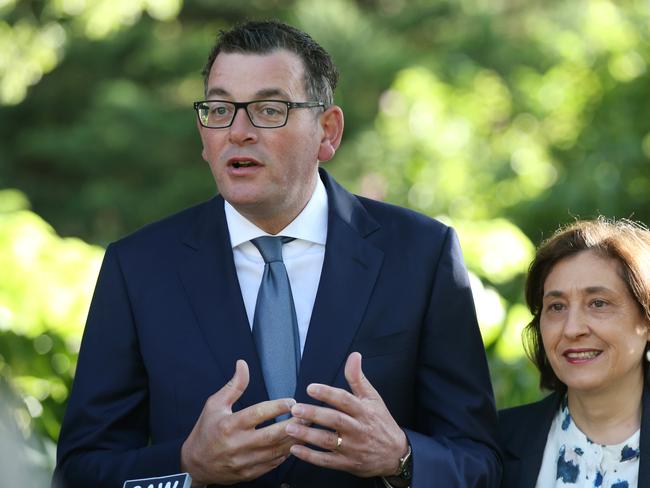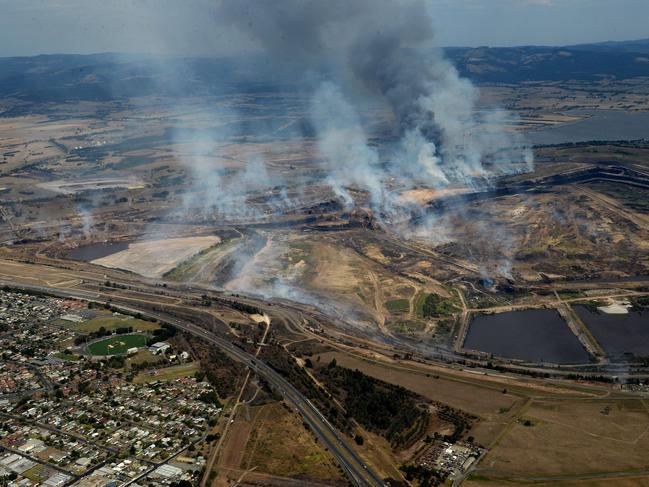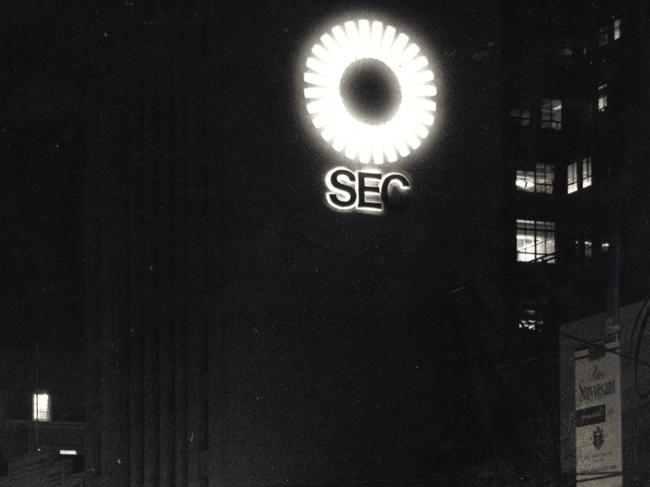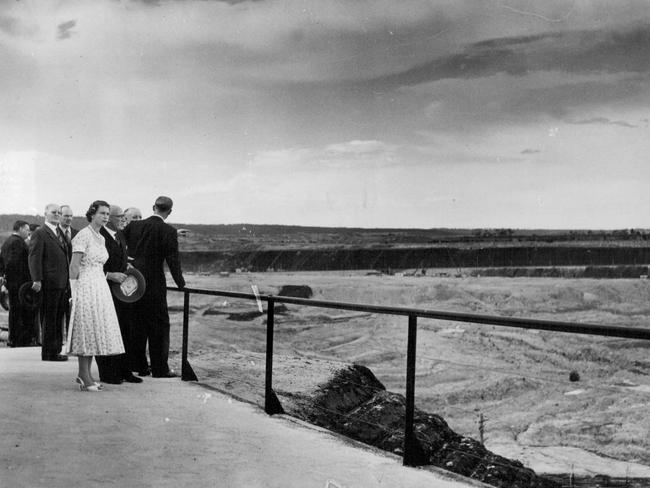Victorian election 2022: State Electricity Commission to be revived with Morwell office
Daniel Andrews has pledged to revive the State Electricity Commission if elected next month. Read all the details.
Premier Daniel Andrews has promised to bring back the State Electricity Commission — a quarter century after it was abolished by the Kennett government.
A re-elected Labor government will revive the SEC, the Premier announced today, as part of a push to generate 95 per cent of the state’s power from renewable sources.
The resurrected SEC will be 51 per cent owned by Victorian taxpayers, with the superannuation industry sector set to be the preferred investor for the remaining 49 per cent.
Victorian Labor has pledged at least $20 million to prepare the commission, with a new office at Morwell in the Latrobe Valley part of the first stage.

Mr Andrews said the Latrobe Valley had “always been the centre of Victorian energy generation – and we’ll make sure it’s part of our clean energy future”.
“Big energy companies want to offshore profits, we want to offshore wind,” Mr Andrews said.
“Renewable energy is the future; it’s good for our climate, good for lower power bills and good for jobs.”
State Energy Minister Lily D’Ambrosio also confirmed today that Victoria’s aim of 50 per cent renewable sources by 2030 would be lifted to 65 per cent as part of Labor’s third term agenda.

Today’s announcement has been welcomed by environmentalists and criticised by business.
Friends of Latrobe Water spokesperson Tracey Anton said bringing the closure of the coal sector forward was a step in the right direction for the Latrobe Valley.
“Our community has dealt with the health and environmental impacts of living close to the Latrobe Valley coal mines and power stations for decades,” she said.
“With coal closure now in our near future, planning a fair and just transition is more urgent than ever.
“As power stations close, operators must be held accountable to close mines and clean up the toxic mess they created, ensuring our community is not left to deal with the ongoing risks to our health and environment.”
Institute of Public Affairs deputy executive director Daniel Wild said regional Victorians would be hit financially by the renewables push.
“The commitment to end coal in Victoria by 2035 is a direct and devastating economic attack on Victorian working families,” he said.
“It won’t be the wealthy, inner-city elites who will incur the costs, it will be working families and small businesses in the outer-suburbs and regions. At a time when energy bills are skyrocketing this is the last thing struggling Victorian families need.”

Behemoth sites from the SEC era, such as Hazelwood and Loy Yang, have been high-profile casualties in recent years as Australia moves away from brown coal.
Coal-fired plant Hazelwood, built in the 1960s, was expanded by the Bracks government in the mid 2000s but was decommissioned five years ago.
In September, AGL announced it would close Loy Yang by 2035, more than a decade earlier than planned.

The State Electricity Commission was established in 1918 and expanded rapidly in the post-World War II period, with the establishment of several power stations in the coal-rich Latrobe Valley.
In 1994, the Kennett government began a process of privatisation of the SEC, splitting the commission into five distribution and retail companies.





